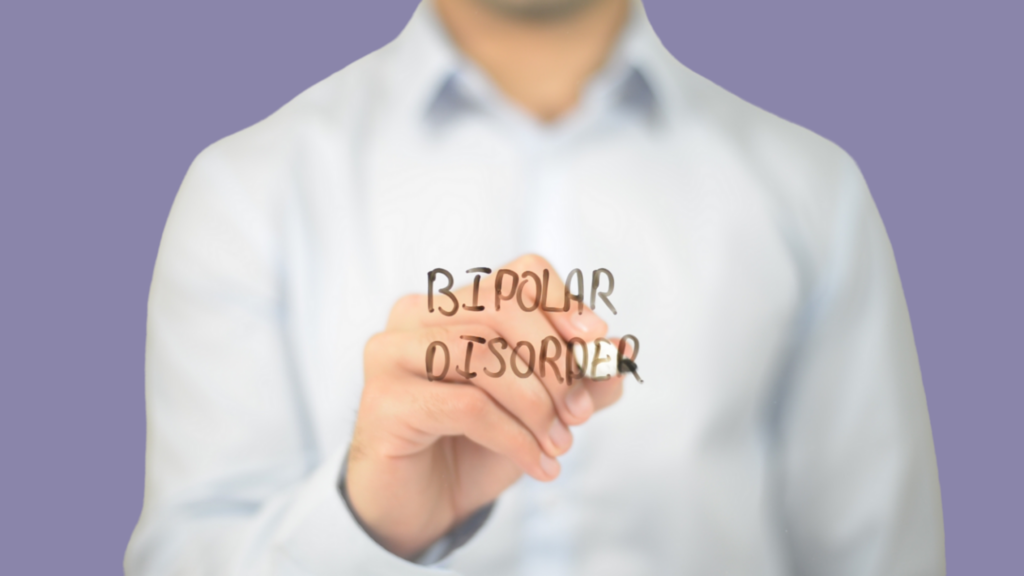

Living with depression can be a difficult journey, especially when antidepressant medications fail to provide adequate relief. While this can be discouraging, you are not alone, and alternative treatment options are available. In recent years, Transcranial Magnetic Stimulation (TMS) and Esketamine have emerged as two promising therapies for individuals with treatment-resistant depression.
In this blog, we will explore both TMS and Esketamine, shedding light on their mechanisms, efficacy, and potential benefits, to help you make an informed decision regarding your mental health treatment.
What is TMS?
Transcranial Magnetic Stimulation (TMS) is a non-invasive procedure that uses magnetic fields to stimulate specific regions of the brain associated with depression. During a TMS session, a small magnetic coil is placed against your scalp. This magnet delivers pulses that stimulate nerve cells in the prefrontal cortex, a region of the brain linked to mood regulation. TMS works by modulating neural activity, promoting the release of neurotransmitters like serotonin and norepinephrine, which are essential for emotional well-being. TMS may also enhance neuroplasticity, the ability of neuronal networks in the brain to grow and adapt.
TMS treatment typically involves treatment sessions five times a week for several weeks, with each session lasting around 20 minutes. The procedure is performed in an outpatient setting, allowing you to resume your daily activities immediately afterward.
What is esketamine?
Esketamine, also known as intranasal ketamine or by its brand name Spravato, was recently approved by the U.S. Food and Drug Administration (FDA) for treatment-resistant depression. Esketamine is a NMDA receptor antagonist, meaning that it attaches to and blocks NMDA receptors in the brain. This raises levels of the neurotransmitter glutamate and leads to downstream processes that ultimately increase the growth and connectivity of neurons.
Esketamine has been specifically formulated as a nasal spray, making it easier to administer compared to intravenous (IV) ketamine infusions, which are also used to treat depression in select settings. The nasal spray delivery method allows for self-administration under healthcare professional supervision, which enhances accessibility for patients. Patients generally receive treatment two times a week for 4 weeks, then once a week for 4 weeks, with the possibility of continued maintenance treatment thereafter. Individuals are observed in the clinic for at least 2 hours after administration of the medication to monitor for side effects.
While both Esketamine and intravenous ketamine have demonstrated efficacy in treatment-resistant depression, Esketamine has received FDA approval for this indication and is generally a more accessible treatment option for patients.
TMS vs. esketamine: which is more effective?
Both TMS and Esketamine have shown promising results in treatment-resistant depression. Research studies have demonstrated significant improvement in depressive symptoms for individuals who have not found relief from traditional antidepressants.
TMS has shown effectiveness in numerous clinical trials. Response rates vary across studies, but some studies suggest that around 50% of patients taking antidepressants may experience a significant reduction in their depressive symptoms with the addition of TMS treatment. This positive effect can last for several months or even longer after the initial treatment course, although some patients may benefit from maintenance TMS sessions.
Esketamine has also demonstrated efficacy, with studies showing often rapid and substantial improvement in depressive symptoms. Response rates for Esketamine vary, with some studies reporting response rates of around 50% or more. A unique advantage of Esketamine is its ability to provide rapid relief, sometimes within hours or days of the first dose, although some patients may need more treatments before experiencing improvement. This can be particularly beneficial for individuals experiencing severe depressive symptoms in urgent need of relief.
Key differences between TMS and esketamine
While both are used as alternative therapies for medication-resistant depression, TMS and Esketamine are ultimately quite different treatment options with their own sets of considerations, side effects, and courses of treatment.
Here are a few of the unique attributes of these treatment options:
Treatment process
TMS
- Non-invasive procedure that uses magnetic fields to stimulate specific brain regions associated with depression
- Involves placing a small magnetic coil against the scalp to deliver magnetic pulses
- Typically performed in an outpatient setting, with 20-minute treatment sessions five times a week for several weeks
- No anesthesia or surgery required
- Often used in combination with an oral antidepressant
Esketamine
- Medication administered via nasal spray under healthcare professional supervision
- Belongs to a class of medications called NMDA receptor antagonists
- Administered twice a week for 4 weeks, then once a week for 4 weeks, with the possibility of continued maintenance treatment
- Requires observation for two hours after treatment to monitor for side effects
- Generally used in combination with an oral antidepressant
Side effects
TMS
- Generally well-tolerated
- Common side effects include mild scalp discomfort or headaches during or after treatment
- Seizures are a rare but serious side effect (occurring in less than 0.1% of cases)
Esketamine
- Potential side effects include dissociation, sedation, increased blood pressure, nausea, and changes in perception
- Requires supervised administration due to the potential for side effects
- Consultation with a healthcare professional is important to discuss individual risks and benefits
Outcomes
TMS
- Some patients may experience improvement in depressive symptoms within two weeks of starting treatment, although others may require a longer treatment course before noticing an effect
- Response rates vary, but some studies suggest that about 50% of patients taking antidepressants may experience a significant improvement in symptoms with the addition of TMS treatment
- Sustained benefits have been observed, with some individuals experiencing relief lasting months or even longer, while other patients may benefit from additional courses of maintenance TMS treatment
Esketamine
- Some patients will experience rapid relief from depressive symptoms, at times within hours or days of the first dose
- Response rates vary, with some studies reporting response rates of around 50% or more
- Typically used for severe cases or when immediate relief is needed
- Some patients will benefit from longer-term maintenance treatment with esketamine and an oral antidepressant
Remember, it is crucial to discuss any concerns or questions with your Geode provider to evaluate your unique circumstances, medical history, and treatment preferences before making a decision. They can provide personalized guidance and help you choose the treatment option that aligns best with your needs and goals.
Choosing the right treatment
Ultimately, the choice between TMS and Esketamine depends on various factors, including your individual needs, preferences, and the advice of your healthcare provider. Some individuals may find TMS more suitable due to its short treatment sessions and low risk of systemic side effects. Others may prefer Esketamine for its potential to provide rapid relief from depressive symptoms.
If you are trying to decide which is right for you, the best course of action is to talk to your Geode provider. They can discuss your symptoms with you and evaluate which (if either) treatment option is the best choice for you.
For those who have not found adequate relief from traditional antidepressant medications, alternative treatments like TMS and Esketamine offer new hope. Both TMS and Esketamine have shown effectiveness in the treatment of treatment-resistant depression, with different benefits and considerations.
By consulting with your healthcare provider and exploring the options available, you can take a proactive step towards finding the treatment that works best for you. Remember, you are not alone on this journey; we are here to support you on your path to mental wellness.
Geode Health offers a wide range of services to promote your health. We provide cutting edge TMS and intranasal ketamine Spravato treatments to help address treatment-resistant mental health conditions. Feel free to reach out to us for inquiries. Contact us today!


